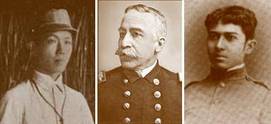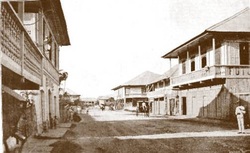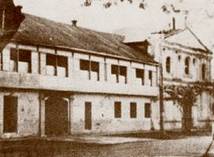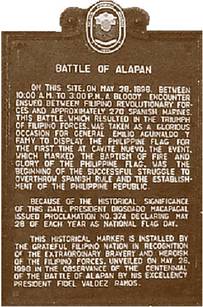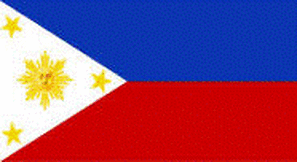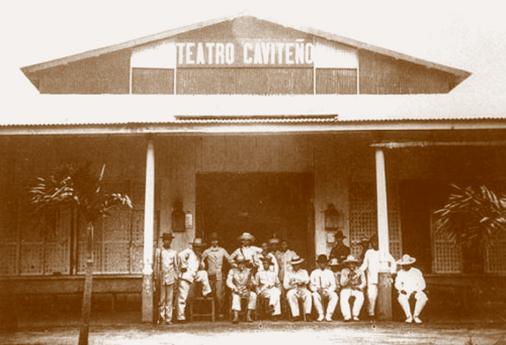|
|
___________________________________________________________________________________________________________________
Sources: IGLPI Journal, No 1, November 2008. Independent Grand Lodge of Free & Accepted Masons of the Philippine Islands: 2008; Official Gazette. www.gov.ph/1965/03/06/proclamation-no-374-s-1965; Acc. 7/24/12; Augusto de Viana. “Where was the Filipino Flag first unfurled?” www.manilatimes.net. Acc 4/15/11; Acta de la Capitulacion del Jefe de la Guarnicion Española de este Pueblo, 2 de Junio de 1898. www.filipiniana.net/keyword/philippine-revolution/2. Acc 7/24/12; Official Gazette.www.gov.ph/1998/02/12/republic-act-no-8491/: Acc 7/24/12
Sources: IGLPI Journal, No 1, November 2008. Independent Grand Lodge of Free & Accepted Masons of the Philippine Islands: 2008; Official Gazette. www.gov.ph/1965/03/06/proclamation-no-374-s-1965; Acc. 7/24/12; Augusto de Viana. “Where was the Filipino Flag first unfurled?” www.manilatimes.net. Acc 4/15/11; Acta de la Capitulacion del Jefe de la Guarnicion Española de este Pueblo, 2 de Junio de 1898. www.filipiniana.net/keyword/philippine-revolution/2. Acc 7/24/12; Official Gazette.www.gov.ph/1998/02/12/republic-act-no-8491/: Acc 7/24/12
